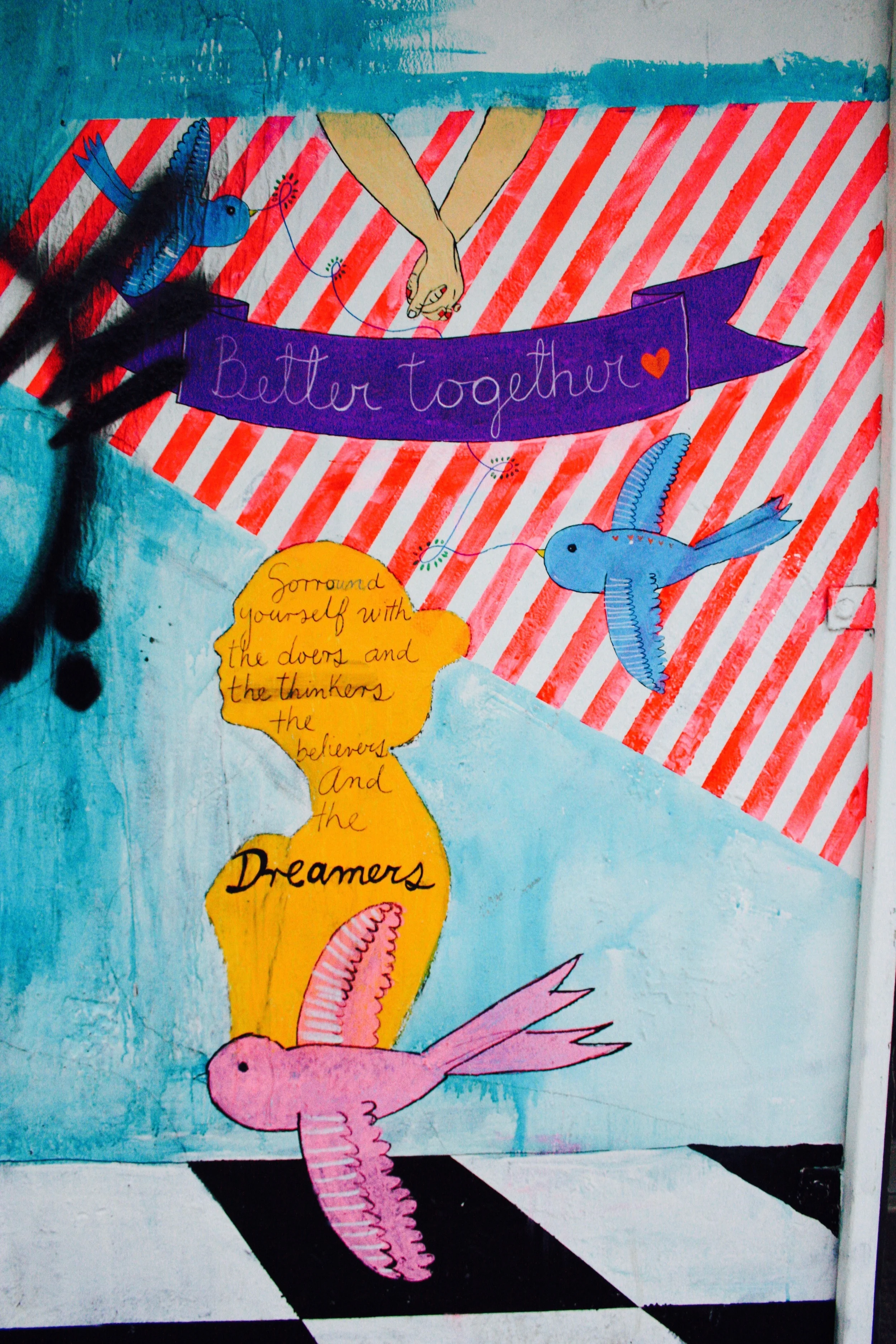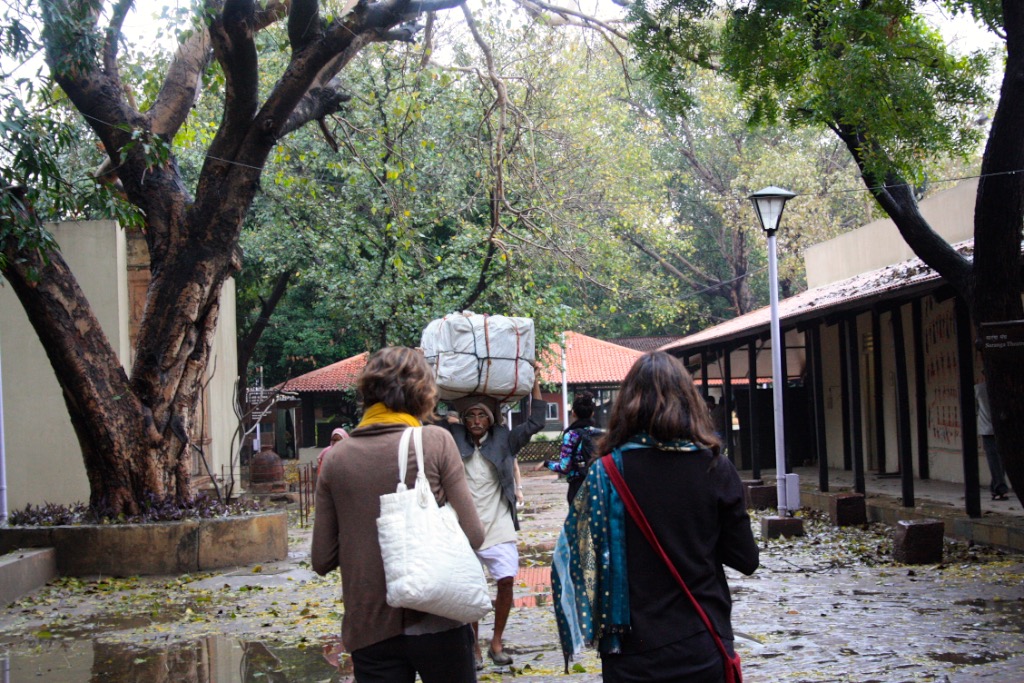Globally Inspired: Wynwood Arts District, Miami
Hailey Fynaardt
One of the highlights of our visit to Florida was spending a day down in Miami chasing butterflies at the Fairchild Botanic Gardens (aka, Jurassic Park) and taking an obscene amount of photos in front of the amazing "Wynwood Walls" murals. So much color! Since tropical plants and awesome art districts aren't exactly abundant in Orange County, California, I loved getting a big dose of both during our trip. Over the past few years, street artists from all over the world have transformed old industrial buildings into colorful canvases and an area that was once an eyesore into a larger-than-life gallery that is totally free for everyone who visits to enjoy!
Goals.
Our tour guides, Alex and Drea
We love them, too!
Love this incredible piece by Kobra, his work is amazing.
Aside from the immense talent and skill (and paint supply!) needed to execute these incredible images, one of the things I love most about street art is that it challenges the idea that in order for art to be considered valuable it needs a fancy frame, special lighting, and a prominent spot on a wall in a well-known museum or gallery. Street art says "this is for everyone", whether they drive past it on their daily commute or see it from their office window in the building across the street. We have certainly put enough concrete on this planet over the last several decades, why not let it serve a dual purpose and add beauty and delight to a neighborhood? This is the same concept we look for in all of the products in our shop- that they are beautiful inside and out.
Speaking of products, after the new year, we'll be re-stocking the shop with lots of new goodies so be sure to check back soon. Until then, have a very happy and colorful rest of 2015!
Enjoy the process!
Hailey
























